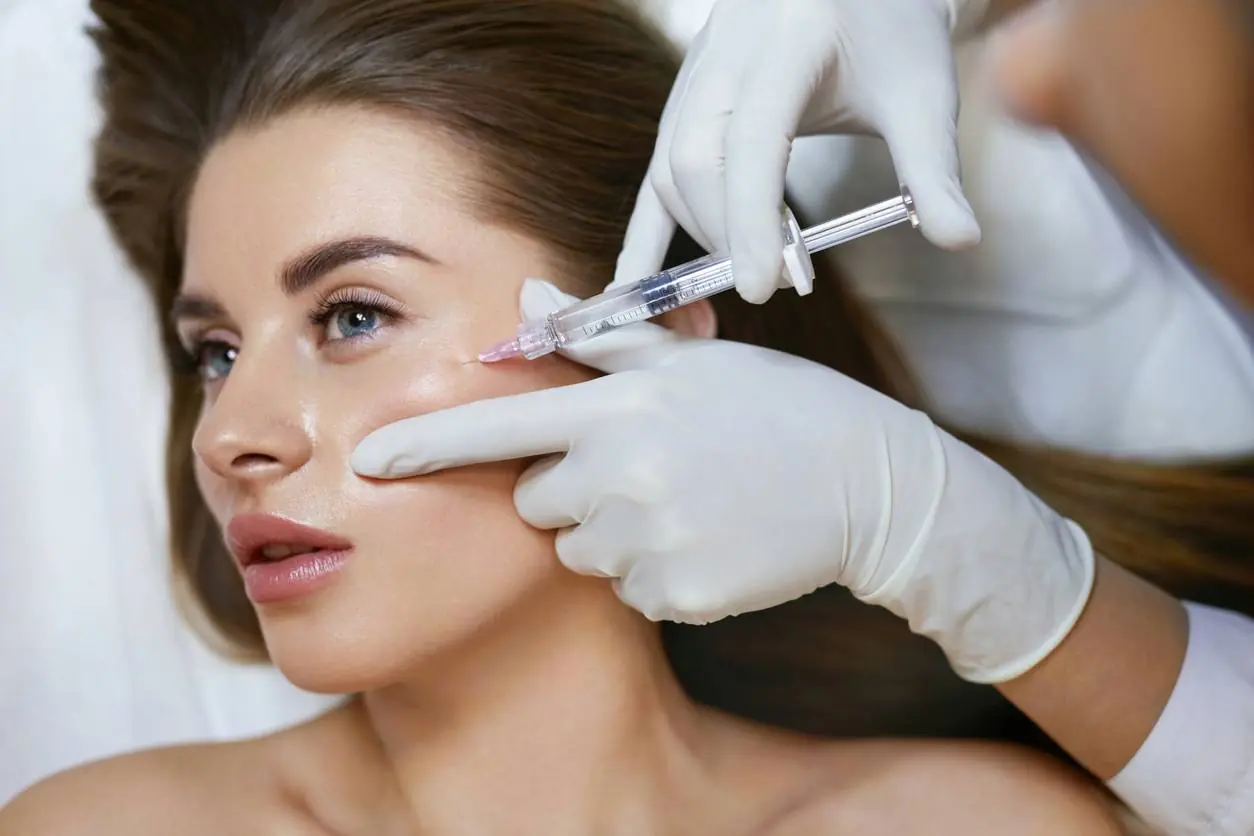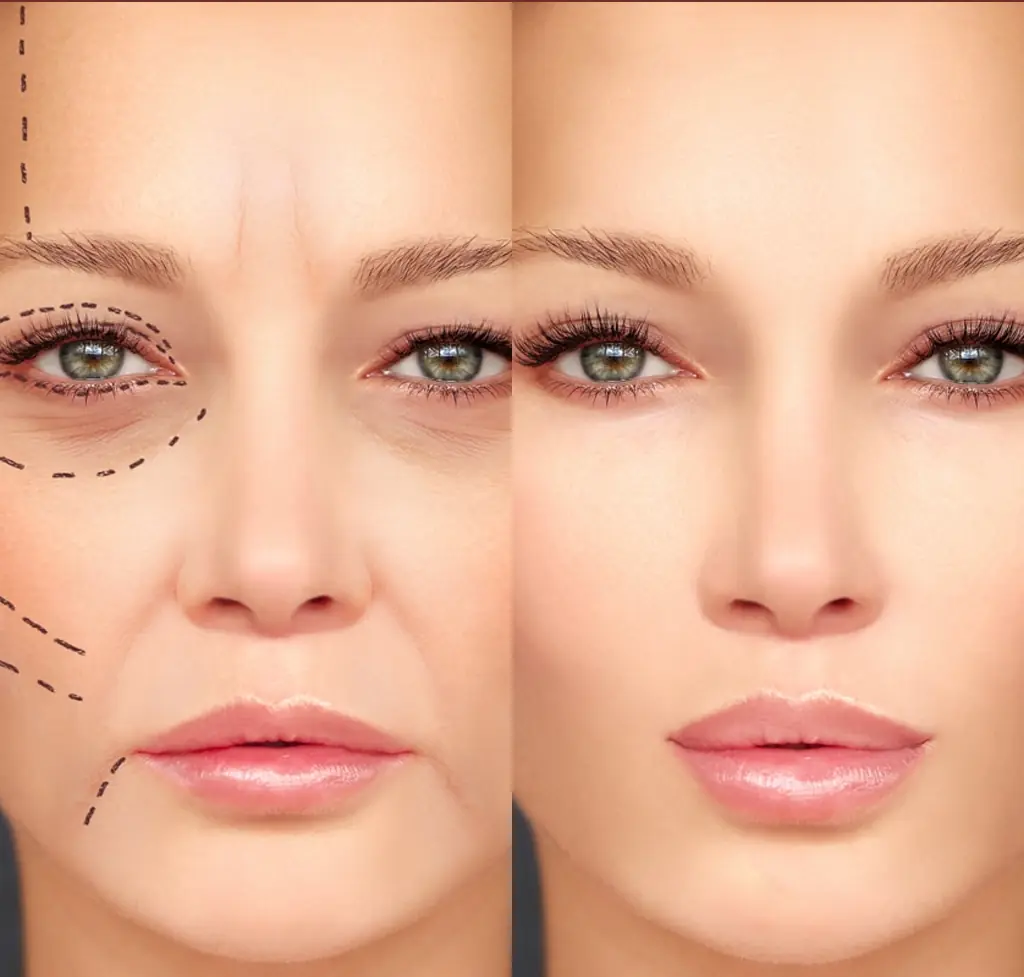What are dermal fillers?
Dermal fillers are a popular, non-surgical cosmetic treatment designed to restore facial volume, smooth fine lines, and soften wrinkles. These injectable gels are placed just beneath the skin to enhance natural contours, improve symmetry, and create a more youthful appearance. The procedure is quick, minimally invasive, and offers immediate results with little to no downtime.
People choose dermal fillers to enhance facial features, add definition, or rejuvenate areas like the cheeks, lips, under-eyes, and around the mouth. Results can last from several months to a couple of years depending on the filler type and treatment area. Your specialist will guide you through suitable filler options and ensure a safe, customized treatment plan. As with any cosmetic procedure, mild risks like bruising or swelling may occur.
Why are dermal fillers used?
As you age, your body naturally produces less collagen — a key protein found in your skin, bones, muscles, and connective tissues. When collagen decreases, the skin becomes thinner, starts to lose elasticity, and begins to sag. Dermal fillers help restore this lost volume and bring back a more youthful, refreshed appearance.
You may choose to get dermal fillers to:
Add volume to sagging skin.
Make your facial features more symmetrical.
Plump up lips and cheeks.
Smooth wrinkles and facial creases.
Restore facial volume lost due to certain medications.
Some medications prescribed for medical conditions such as HIV and AIDS can cause facial thinning. Many people choose dermal fillers to safely and effectively restore volume to their face after experiencing this type of medication-related fat loss.
What Happens During a Dermal Filler Procedure?
A dermal filler treatment is performed right in your dermatologist’s clinic or a certified medical spa (medspa) that offers advanced aesthetic procedures in a comfortable, spa-like setting. Your provider begins by thoroughly cleansing the skin and may apply a topical numbing cream to ensure maximum comfort throughout the session. The numbing effect helps minimize discomfort and makes the procedure smooth and easy.
Once the area is prepared, your provider uses a fine, precise needle to inject small amounts of filler beneath the skin. You may feel a slight pinch or mild stinging sensation, but most people find the procedure very tolerable. Depending on your treatment plan, multiple injection points may be used to achieve natural-looking volume and symmetry. The entire process is quick and efficient, typically taking anywhere from a few minutes to about an hour.
What Happens After a Dermal Filler Procedure?
After your dermal filler session, your provider will gently cleanse the treated area and may apply an ice pack to help reduce any immediate swelling or discomfort. It’s common to experience mild bruising, slight swelling, or tenderness following the injections, but these effects usually fade within a few days and don’t interfere with normal activities.
Most individuals notice visible improvement right after the procedure, as fillers instantly add volume and smoothness. However, results can vary depending on the type of filler used, your skin’s response, and the treatment area. The full effect becomes more refined over the next few days, and the longevity of the results also depends on the specific filler and your individual skin characteristics.
What Are the Advantages of Dermal Filler Procedures?
Dermal fillers offer immediate, noticeable results, making them a fast and effective option for facial rejuvenation. The treatment typically takes less than an hour and is performed right in the clinic, with minimal discomfort and no downtime—allowing most people to return to their routine the same day. Depending on the type of filler used, the results can last from several months to over two years, providing long-lasting enhancement at a more affordable cost compared to surgical procedures.
What Is the Recovery Time After Getting Dermal Fillers?
Recovery time varies from person to person and depends on factors such as how many areas were treated, the type of filler used, and your overall health. Most individuals can resume their daily activities immediately after the session. However, your provider may advise avoiding intense workouts or strenuous physical activity for a day or two to ensure optimal healing and results.


